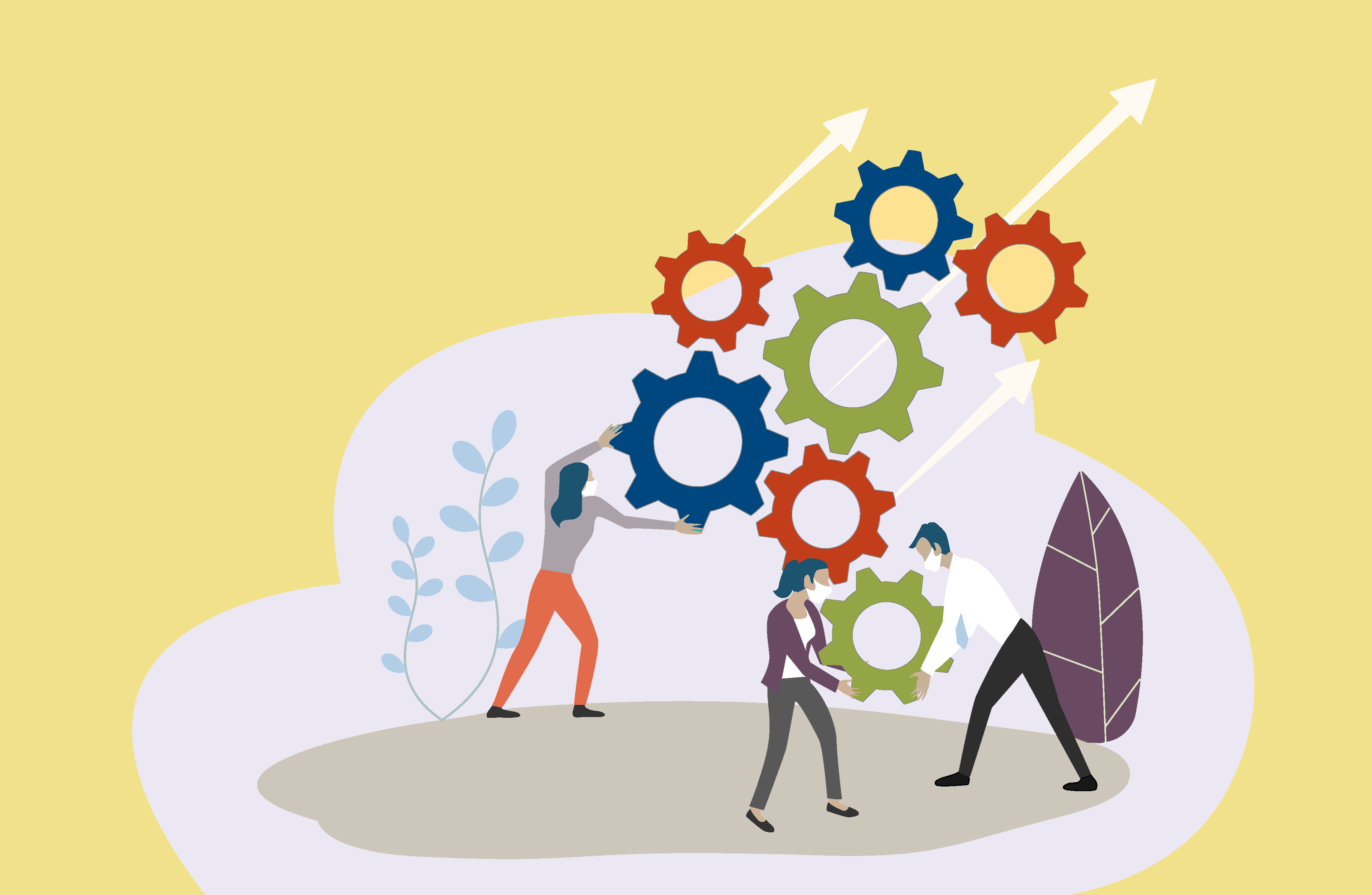Home > News > Counselor's Corner: A Day Will Come: Five Ways Prevention, Treatment, and Recovery Will Collaborate in The Future
A mother returns home from residential substance use disorder treatment. This is her third treatment episode, and she is filled with enthusiasm, joy, and hope as she begins early recovery. But when she opens her front door and enters the living room, she discovers her two teenage sons injecting heroin.
Substance use disorders (SUDs) run in families and across generations. One can't help but wonder: “What if the sons had been part of their mother’s treatment experiences?” A better question is, “What if prevention services had been provided for the sons during their mother’s first treatment experiences, when they were preteens?”
This article envisions five ways prevention, treatment and recovery can work together to help break intergenerational patterns of substance use disorders.
1. Services for children of parents receiving SUD treatment. In the 1980s, before managed health care, assertive involvement of entire families in SUD treatment was more common than today. For example, some programs featured a family week, where the entire family, including the children, stayed in the residential treatment center. Much of the work with children was guided by writers such as Claudia Black, author of It Will Never Happen to Me (Black, 2020). In the book, Black highlights that many children of parents with SUD say, "It will never happen to me." Yet, they are three times more likely than the general population to develop an SUD.
Claudia Black also wrote the book My Dad Loves Me, My Dad Has a Disease: A Child's View: Living with Addiction (2020) to help children ages 4 to 10 build resilience and cope with parental SUD. This book also featured a companion coloring book of the same title for younger children. In the 1980s, children were routinely encouraged to attend Alateen and Alatot meetings, where they discovered that they were not alone. Learning that you are not alone diminishes the shame that fuels addiction. Unfortunately, much of this work with entire families, including children, is no longer offered in SUD treatment today. A day will come when SUD programs that serve adults will simultaneously employ prevention specialists to provide services for their children.
2. Prevention services for younger siblings of adolescents with SUD. Studies of birth order indicate that an older sibling has more influence over behavior than a child’s parents and the neighborhood where they live (Leman, 2015). Adolescents with SUD often influence the substance use patterns of younger siblings. A day will come when prevention and treatment providers work together to address this. Treatment providers will work with adolescents who meet the criteria for an SUD, and prevention specialists will work with their younger siblings.
3. Combined harm reduction, treatment, and recovery services. The U.S. recorded more opioid overdose deaths in 2021 than in any year in history. Harm reduction strategies such as syringe needle exchange, not mixing drugs, fentanyl test strips, and Narcan have proven to be effective in reducing harm and saving lives. However, in the United States, only 10% of those in who need SUD treatment receive it; 90% do not. This treatment gap increases the risk of continued high drug overdose rates.
A day will come when prevention specialists, counselors, and recovery coaches will work together to provide outreach services for the 90% who will not access recovery services. Each will provide complimentary services. Prevention specialists who are also harm reductionists will provide Narcan and suggest other harm reduction approaches. Counselors and recovery coaches will provide pre-treatment engagement services. Recovery coaches will continue to provide ongoing recovery support services in the natural environment.
4. Warm handoffs. Not everyone with a substance use disorder is interested in or needs a total abstinence program. A time will come when treatment providers routinely give warm handoffs to recovery coaches and prevention professionals who offer harm reduction services. (Not all preventionists are harm reduction specialists.)
5. Dual certifications. Many states offer separate certifications for counselors, prevention specialists, and recovery coaches. To begin to break intergenerational patterns of SUD in families, a day will come when more professionals will be dually certified. This expertise would enable counselors to provide treatment and prevention services. Dual certification would allow recovery coaches to double as prevention specialists and provide specialized recovery support and prevention services for entire families.
Many states have separate offices of prevention, treatment, and recovery. However, some states are moving to integrate these services: The Illinois single state agency is now called Substance Use Prevention and Recovery.
All transformation begins with a vision. This article encourages you to think about what could happen if prevention, treatment, and recovery services were integrated.
References
Black, C. It Will Never Happen to Me: Growing Up with Addictions as Youngsters, Adolescents and Adults. (2020). Central Recovery Press. Las Vegas, NV.
Black, C. My Dad Loves Me, My Dad Has a Disease: A Child’s View: Living with Addiction. (2018). Central Recovery Press. Las Vegas, NV.
Leman, K. The Birth Order Book: Why You Are the Way You Are. (2015). Revell. Grand Rapids, Michigan.
